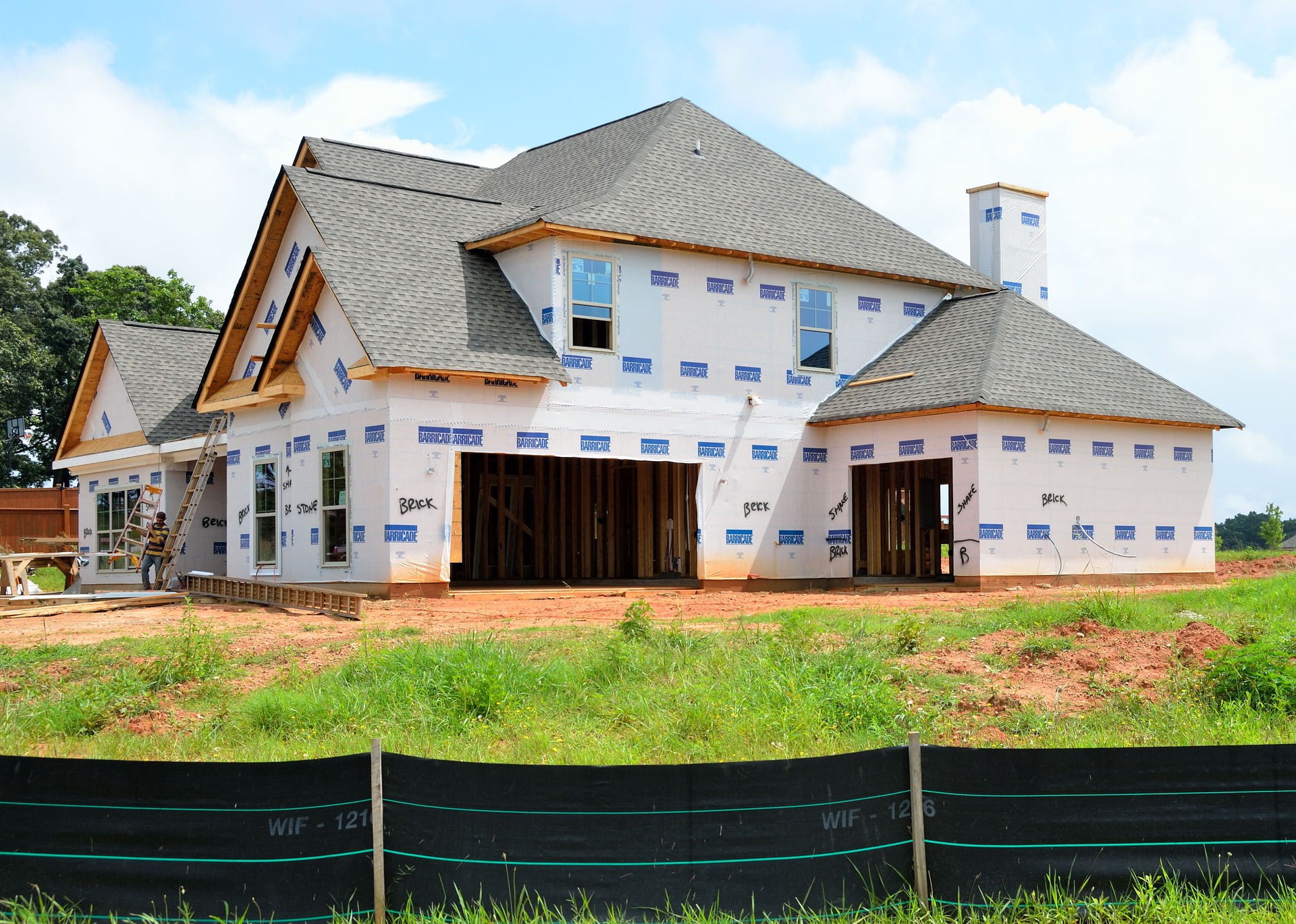Prefabricated Homes: A Buyers Guide to Modern, Ready-to-Move Designs
Prefabricated homes are transforming the housing industry, offering a modern approach to home construction that combines efficiency, affordability, and customization. These innovative dwellings are built off-site in controlled factory environments, then transported and assembled on-site. As the demand for sustainable and cost-effective housing solutions grows, prefab homes are gaining popularity among homeowners and developers alike.

What exactly are prefabricated homes?
Prefabricated homes, also known as prefab homes, are houses manufactured off-site in a factory setting. These homes are built in sections or modules, which are then transported to the construction site for assembly. The prefab process involves creating standardized components in a controlled environment, ensuring consistent quality and reduced construction time. Unlike traditional stick-built homes, prefab houses are largely completed before they reach the final location, minimizing on-site work and potential weather-related delays.
What are the main benefits of choosing a prefab home?
Opting for a prefabricated home offers several advantages over conventional construction methods. First and foremost, prefab homes typically have shorter construction timelines, often reducing build time by 30-50%. This efficiency translates to cost savings for homeowners, as labor expenses and financing costs are minimized. Additionally, the factory-controlled environment ensures higher quality control, reducing the risk of construction defects and improving overall build quality. Prefab homes also tend to be more energy-efficient due to tighter seals and better insulation, leading to lower utility costs for homeowners.
How customizable are prefabricated homes?
Contrary to the misconception that prefab homes are cookie-cutter designs, modern prefabricated houses offer a wide range of customization options. Buyers can often choose from various floor plans, exterior finishes, and interior design elements to create a home that suits their unique preferences and needs. Many prefab manufacturers offer modular designs that can be easily expanded or modified, allowing for future additions or changes to the home’s layout. From sleek, modern designs to more traditional styles, prefab homes can be tailored to match diverse architectural tastes and local aesthetic requirements.
What is the environmental impact of prefab homes?
Prefabricated homes are generally considered more environmentally friendly than traditional construction methods. The factory-based production process results in less waste, as materials can be more precisely measured and cut. Additionally, many prefab manufacturers prioritize the use of sustainable and eco-friendly materials. The controlled environment also allows for better recycling and waste management practices. Once assembled, prefab homes often boast superior energy efficiency due to tighter building envelopes and high-quality insulation, reducing the home’s carbon footprint over its lifetime.
How do prefab homes fare in the Canadian climate?
Prefabricated homes are well-suited to Canada’s diverse and often harsh climate. Many prefab manufacturers in Canada design their homes to meet or exceed local building codes and energy efficiency standards. These homes are built to withstand heavy snow loads, extreme temperatures, and high winds common in various regions across the country. The factory-controlled construction process allows for precise insulation installation and air sealing, resulting in homes that are better equipped to handle Canadian winters and reduce heating costs. Some prefab designs even incorporate specific features for northern climates, such as reinforced roofs or specialized foundations for permafrost conditions.
What are the cost considerations for prefab homes in Canada?
The cost of prefabricated homes in Canada can vary widely depending on factors such as size, customization, and location. Generally, prefab homes can be more cost-effective than traditional builds, with potential savings of 10-20% on overall construction costs. However, it’s important to consider all aspects of the project when budgeting.
Here’s a comparison of average costs for different types of prefab homes in Canada:
| Type of Prefab Home | Average Cost Range (CAD) | Key Features |
|---|---|---|
| Modular Homes | $150 - $300 per sq ft | Fully customizable, factory-built modules |
| Panel Built Homes | $130 - $250 per sq ft | Pre-made wall panels, faster on-site assembly |
| Mobile Homes | $80 - $150 per sq ft | Most affordable option, limited customization |
| Shipping Container Homes | $100 - $200 per sq ft | Eco-friendly, unique designs |
| Pre-cut Homes | $140 - $280 per sq ft | Kit homes with pre-cut materials for on-site assembly |
Prices, rates, or cost estimates mentioned in this article are based on the latest available information but may change over time. Independent research is advised before making financial decisions.
When considering a prefab home, it’s crucial to factor in additional costs such as land purchase, site preparation, utility connections, and potential transportation fees for the prefab modules. While the initial cost per square foot may be lower for prefab homes, these additional expenses can impact the overall budget. However, the reduced construction time and potential for lower utility costs over time can offset some of these initial investments, making prefab homes an attractive option for many Canadian homebuyers.




